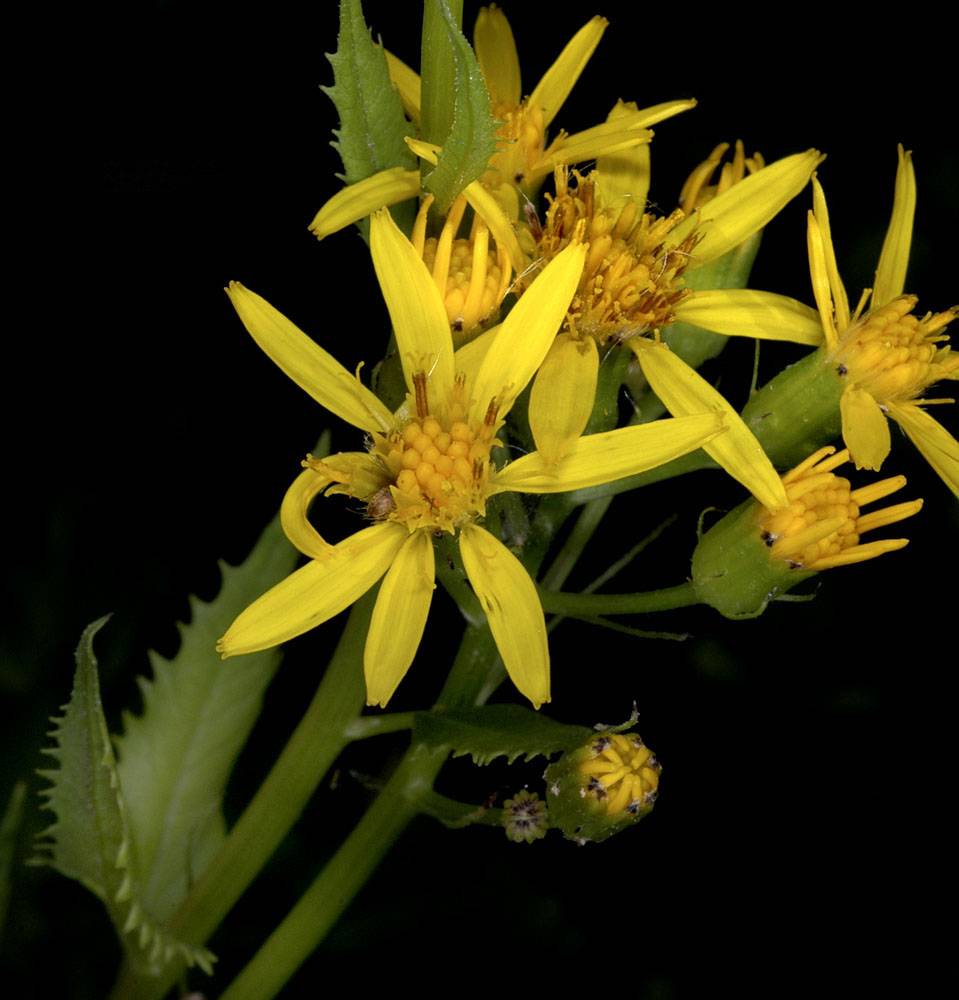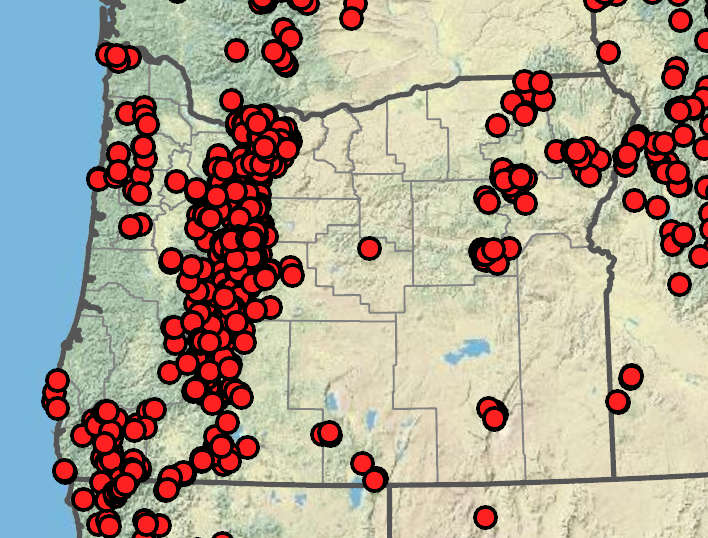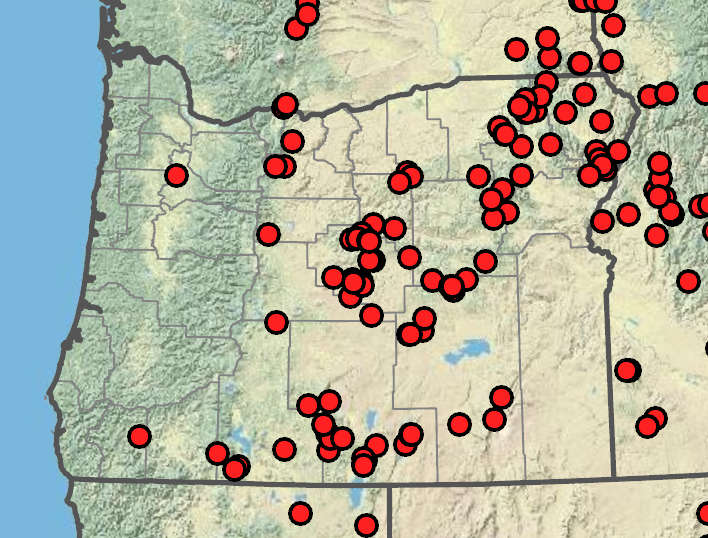Senecio triangularis
Senecio hydrophiloides
arrowleaf groundsel
stout meadow groundsel, sweet marsh butterweed
1 or 2–4 and loosely clustered, glabrous or sparsely pubescent.
1, sometimes 2–4 and clustered, sometimes reddish tinged, glabrous or glabrate; young plants sometimes sparsely hairy.
basal present at flowering;
cauline ± evenly distributed along stems, gradually reduced distally, narrowly to widely triangular, bases tapered to truncate or cordate;
margins dentate, rarely subentire;
surfaces sparsely tomentose to nearly glabrous;
proximal petiolate;
distal sessile.
mostly basal;
cauline reduced distally, elliptic to broad lanceolate; firm, bases tapering;
margins dentate to denticulate;
surfaces glabrous;
petioles often distinctly winged;
distal sessile and bract-like.
corymb- or ± raceme-like arrays;
bracts conspicuous.
loose or congested corymb-like arrays;
bracts 0 or inconspicuous.
cylindric to narrowly campanulate.
widely cylindric to campanulate.
~8;
rays 9–15 mm.
0 or 3–8;
rays 5–10 mm.
35–45.
30–45.
(8)13(21), 6–10 mm;
tips green, rarely black.
8, 13 or 21, 4–9 mm;
tips black.
2–6 bractlets, inconspicuous, rarely > 2 mm.
2–5 bractlets, inconspicuous; < 2 mm.
2.5–3.5 mm, glabrous.
2–3 mm, glabrous.
10–30(60).
(6)15–30+.
=40, 80.
=40.
Senecio triangularis
Senecio hydrophiloides
Open areas, rocky streambanks, wet meadows, bogs, damp places in coniferous forests. Flowering May–Sep. 0–2800 m. BR, BW, Casc, CR, ECas, Est, Lava, Sisk, WV. CA, ID, NV, WA; north to AK, northeast to MT, east to WY, southeast to NM. Native.
Some plants with narrow, subentire leaves that taper to the petioles have been found in acidic bogs in Washington and Oregon. A few authors recognize these as variety angustifolia. However, this author has observed several specimens (specifically indicated as being collected in bogs) that had both narrower leaves and the wider leaves more typical of variety triangularis on the same plant.
Damp hillsides, meadows, seeps. Flowering Jun–Jul. 1000–1900 m. BR, BW, ECas, Lava, Sisk, WV. CA, ID, NV, WA; north to British Columbia, northeast to Alberta, east to WY, southeast to UT. Native.
Plants in the western part of this species’ range tend to have single stems, more congested inflorescences, and more ray florets and have been treated by some authors as a distinct species (S. foetidus). Those further east have more stems, a looser inflorescence, and fewer ray florets. T.M. Barkley (1978) noted that these two forms intergrade so completely that they should be treated as a single species.
Debra Trock
Debra Trock
- Local floras:
BC,
CA,
OR,
WA
- Local Web sites:
CalFlora,
CalPhotos,
Flora NW,
PNW Herbaria,
Turner Photog.
WildflowerSearch
iNaturalist (observations)
USDA Plants Database
- LBJ Wildflower Center
- SEINet
- Plants of the World Online
- Encyclopedia of Life
- Wikipedia
- Google Image Search
- Local floras:
BC,
CA,
OR,
WA
- Local Web sites:
CalFlora,
CalPhotos,
Flora NW,
PNW Herbaria,
Turner Photog.
WildflowerSearch
iNaturalist (observations)
USDA Plants Database
- LBJ Wildflower Center
- SEINet
- Plants of the World Online
- Encyclopedia of Life
- Wikipedia
- Google Image Search





